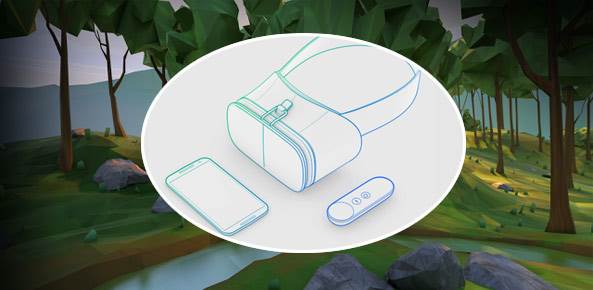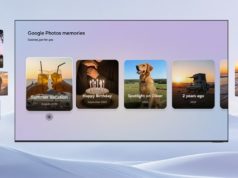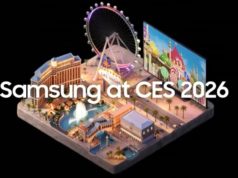Is Google working on a different kind of augmented reality (AR) technology? The answer is yes if comments attributed to Google staffers are to be believed.
Two days ago, the Engadget tech blog quoted unnamed sources within Google as saying that the company is working on a device that would erase the boundaries between AR and VR (virtual reality). However, the day before the Engadget story was published, the ReCode Web site reported that Google was giving up on an ongoing high-end VR project that would have enabled the company to compete with established VR providers such as Oculus Rift.
Google apparently still plans to make a hybrid VR and AR headset but it’s modifying its methods. Google employees working on the project have been informed that the Android-based Daydream VR platform, aimed at providing easier access to virtual reality content, is instead going to be used in service of the combined AR/VR technology, according to the Engadget report. Google’s first attempt at making a VR hardware product was Cardboard, the $ 20 foldable VR viewer it debuted earlier this year.
“The headset currently in development will not require a computer or phone to power it. While it does have a screen, it will offer features more in line with augmented reality systems than existing VR headsets, which are presently focused on gaming,” the sources told Engadget. “There is no release date in sight for the headset, but it remains an important part of Google’s future plans.”
Plans Change
The story that Google is looking for a way into the VR market has been around for a while. Earlier this year the Wall Street Journal reported that the company was planning a standalone headset device that could run independent of a computer or mobile device.
Google has reached agreements with a number of hardware manufacturers, including Huawei, Samsung and Asus, to build handsets that run Daydream, possibly as soon as this year. Google has said that the Nexus 6P, made by Huawei, will function as the basic handset development platform for Daydream.
According to the ReCode report, a different VR project was being worked on by about 50 employees inside the X research lab, which was spun off into a separate company by Google’s parent company Alphabet. Part of that project entailed creating a distinct operating system for the company’s AR/VR devices rather than having them work on Anrdoid, as the Cardboard devices do. Now, though, it appears the new devices are likely to run on Android.
Growing Industry
Microsoft is also working toward gaining ground in the VR and AR markets with its Windows Holographic operating system and mixed reality (MR) devices that it showed off at Computex 2016 last month in Taiwan. Holographic is a version of Windows 10 that can power mixed reality experiences thanks to a holographic shell and interaction model, perception APIs and compatibility with Xbox Live.
VR sales are likely to reach a billion dollars this year, according to research firm Deloitte Global. About $ 700 million of that will come from hardware sales, with content making up the rest.
While AR and VR look very different today, they both support delivering new, more immersive experiences, Alexis Macklin, an analyst with Greenlight VR, told us via email. In the not too distant future, both technologies may become indistinguishable to most sophisticated end users, he said.
“In fact, in our last Virtual Reality Industry Monitor survey, 48 percent of the industry executives who participated said whatever the distinctions between VR and AR [they] will diminish in the future,” he told us. “Google’s commitment to experimenting with MR shouldn’t surprise analysts and industry insiders. Over the last two years, we’ve witnessed astounding levels of capital and resources committed by large corporations in developing and experimenting with this set of related technologies.”
Mixed reality creates a combination between real world and reality that is beyond what AR can do. AR overlays graphics onto a real world setting while MR uses technology to react to the real world, according to Macklin.
“It works together to create a new reality, bringing data and technology into real life,” he said. “This creates a more natural way experience. This is where both AR and VR are trying to go. MR may achieve what these industries are striving for.”
Image Credit: Google Official Blog.







